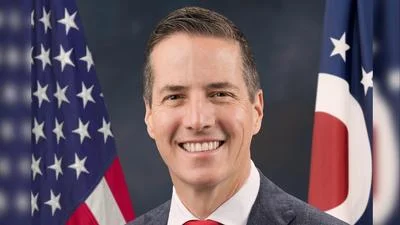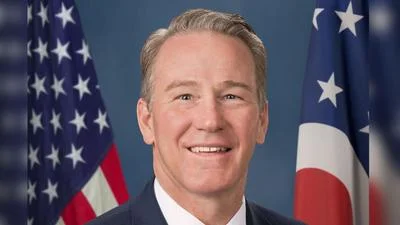Dean Rieck, Executive Director at Buckeye Firearms Association | LinkedIn
Dean Rieck, Executive Director at Buckeye Firearms Association | LinkedIn
A recent study co-authored by John R. Lott Jr. and Carlisle E. Moody examines whether armed civilians are more effective in stopping active shooters compared to uniformed police officers. The paper highlights key differences in the effectiveness and risks faced by both groups during such incidents.
For over two decades, the FBI has tracked active shooting cases, which encompass incidents where individuals attempt to kill in public spaces, excluding those related to robberies or gang violence. Ed Monk, an active-shooter expert, challenges conventional "run, hide, fight" strategies, suggesting alternative approaches.
The study notes that civilians may have an advantage due to their anonymity, contrasting with uniformed officers who are visible targets for shooters. This visibility can make police officers less effective as they are easily recognized and potentially targeted first by attackers. The research also suggests that while civilians may lack police training, their greater numbers and concealed presence can lead to more effective interventions in stopping potential mass shootings.
The FBI collects data on active shooting incidents, including those that garner national attention. The process excludes cases tied to gang or drug-related violence. The findings of this study indicate that armed civilians on the scene are generally more effective in reducing deaths and injuries than arriving police officers.
Supporting the effectiveness of armed civilians, the paper argues against gun-free zones, citing research that confirms most mass shootings occur in these areas. It suggests that armed citizens improve public safety without interfering with police activities during active shooter events.
The report encourages readers to explore the full study available at crimeresearch.org. It was republished with permission from the Crime Prevention Research Center, inviting interested individuals to join and support their efforts.






 Alerts Sign-up
Alerts Sign-up